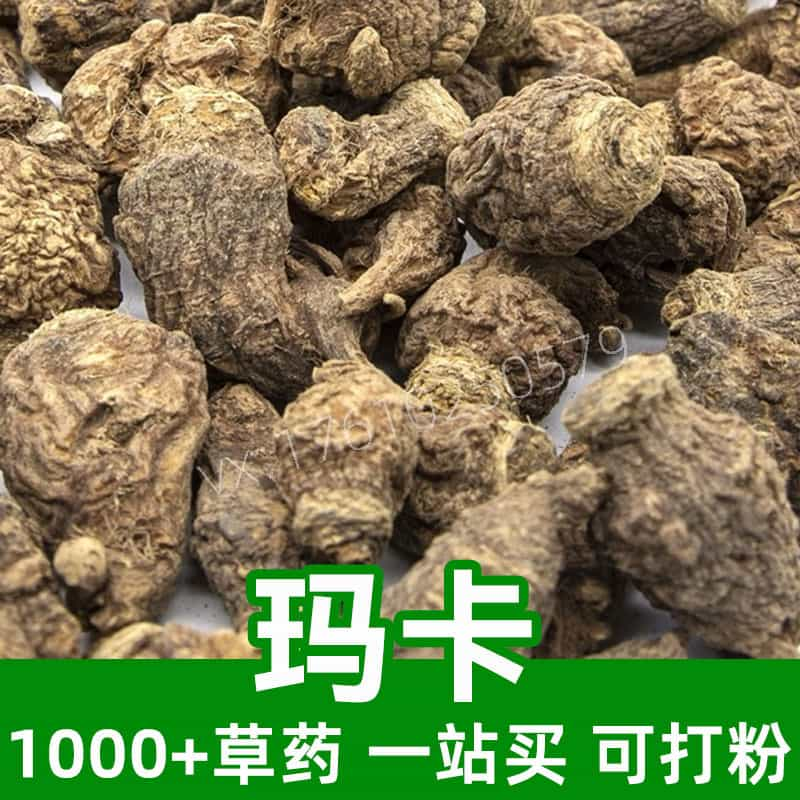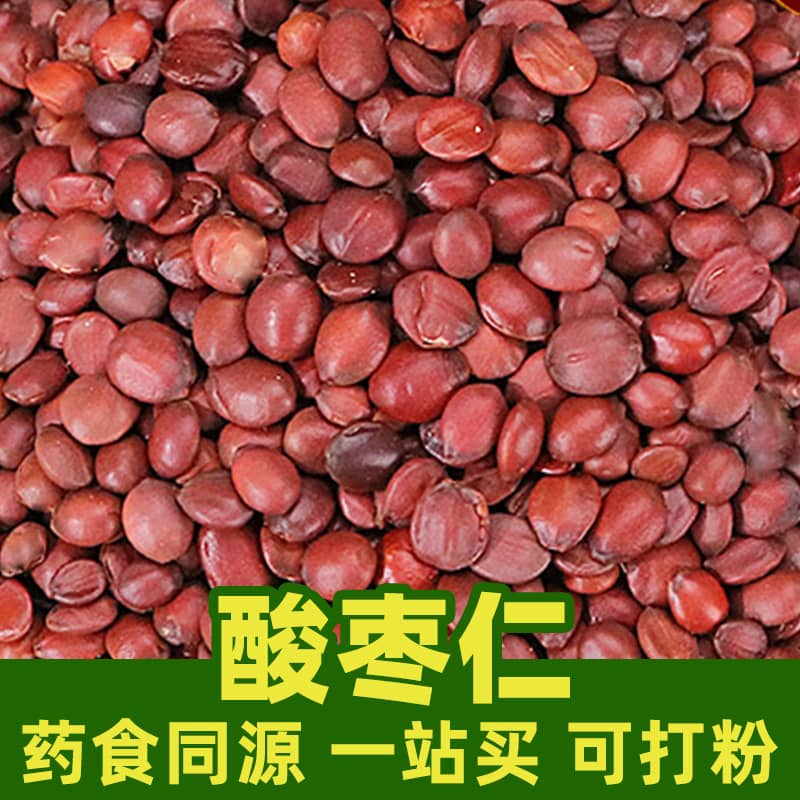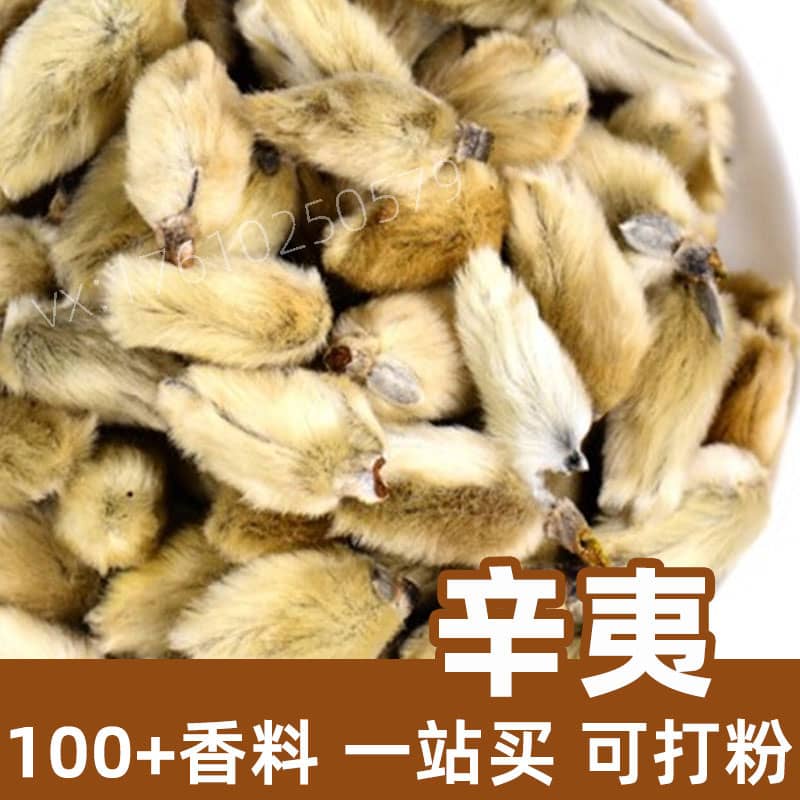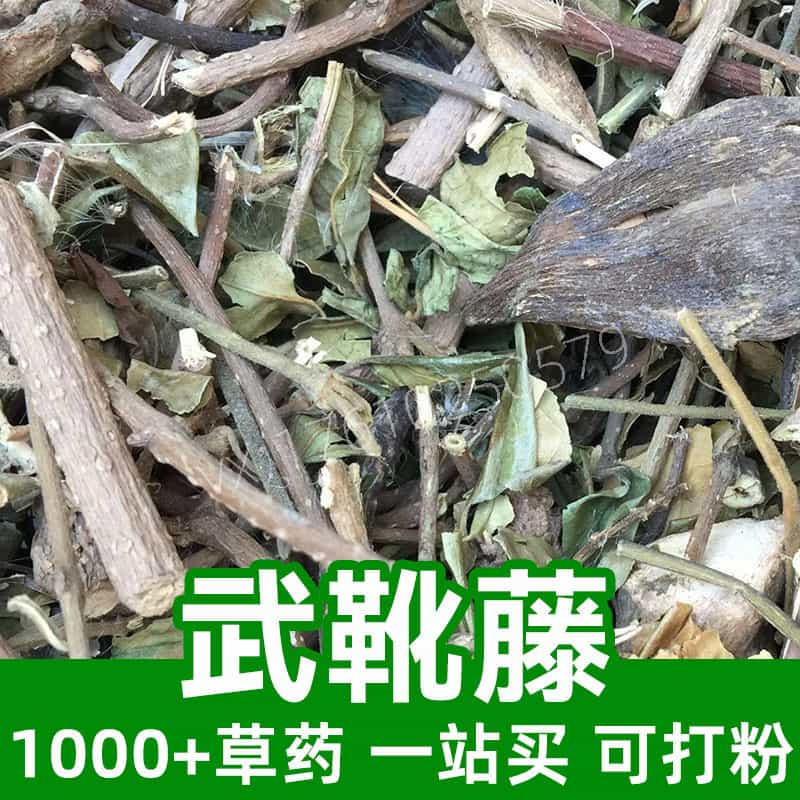Introduction to Cat's Whiskers
Cat's whiskers is a common herbaceous plant found mainly in China, Europe, and North America. Its primary components include rich tannins, flavonoids, flavonols, polysaccharides, and vitamins. Cat's whiskers has a bitter taste and a slightly cold nature, associated with the liver and stomach meridians. In TCM, it is widely used for its properties to clear heat and detoxify, cool the blood and stop bleeding, reduce swelling and relieve pain. Common applications include treating eczema, boils, and hemorrhoids. Additionally, cat's whiskers is frequently added to tea beverages and health products for its nutritional and medicinal value.
Main Active Ingredients of Cat's Whiskers
Cat's whiskers is an herbaceous plant with several active components including rich tannins, flavonoids, flavonols, polysaccharides, and vitamins.
- Tannins: Cat's whiskers contains abundant tannins that have antioxidant, anti-inflammatory, and antibacterial properties which help enhance immune function and reduce inflammation.
- Flavonoids and Flavonols: These compounds are among the main medicinal ingredients in cat's whiskers; they help regulate vascular tension, inhibit platelet aggregation, and prevent thrombosis which aids in cardiovascular health.
- Polysaccharides: Various polysaccharides present have antioxidant properties along with anti-tumor effects that help boost immunity and slow down aging processes.
- Vitamins: Cat's whiskers is rich in vitamins such as vitamin C and vitamin E which provide antioxidant benefits that improve skin condition while promoting wound healing.
- Other Chemical Components: It also contains trace elements and amino acids like zinc, iron, calcium, and selenium which contribute positively to overall health.
These components work together to provide cat's whiskers with various medicinal values including heat-clearing detoxification, cooling blood to stop bleeding, reducing swelling and relieving pain. It is widely used in both TCM practices as well as food industries to enhance nutritional value.
Applications of Cat's Whiskers: Uses and Dosage
Cat's whiskers has extensive applications in both TCM and food sectors:
Applications in TCM:
- Clearing Heat & Detoxifying: Known for its ability to clear heat from the body; commonly used for treating symptoms related to heat toxicity or swelling.
- Cooling Blood & Stopping Bleeding: Effective for various bleeding disorders such as skin conditions caused by blood stasis or coughing up blood.
- Reducing Swelling & Relieving Pain: Helps alleviate symptoms associated with abscesses or boils by reducing inflammation.
Dosage Guidelines:
- Decoction for Drinking: Use 10-15 grams of cat's whiskers; grind into powder or chop finely; boil in water for consumption divided into two doses daily. Adjust dosage based on individual needs or medical advice.
- Tea Preparation: The powdered form can be steeped in hot water as herbal tea; typically consumed 1-2 times daily at 5-10 grams per serving depending on requirements.
Applications in Food:
- Nutritional Supplements: Extracts from cat's whiskers can be used to produce health foods that enhance immunity while providing antioxidant benefits.
- Flavoring Agent: The powdered form can be added as a seasoning to improve flavor profiles of teas or soups while increasing nutritional value.
Dosage Guidelines:
- Consumption Method: Add powdered or extracted cat's whiskers to foods; generally use 1-5 grams per 100 grams of food.
- Precautions: Ensure reasonable amounts are used during food processing based on product type to avoid excessive use.
In summary, cat's whiskers serves as both a medicinal herb and a food ingredient with significant applications across TCM practices as well as culinary uses while requiring careful attention regarding dosage based on individual circumstances.
Overview of the Source Plant: Distribution and Growth Environment
Cat's whiskers (scientific name: *Orthosiphon aristatus*), also known as "cat’s whisker" or "cat’s beard," belongs to the mint family (Lamiaceae) as a common herbaceous plant. Here’s detailed information about its source plant including distribution and growth environment:
Plant Description:
- Appearance Features: Cat’s whiskers is a perennial herb that can grow up to about 1 meter tall with upright stems that are square-shaped often appearing pale purple or green with branching structures. The leaves are opposite each other shaped oval or lanceolate featuring serrated edges with smooth surfaces.
- Flowering & Fruiting Characteristics: The flowering period typically occurs during summer with small purple or white flowers clustered at branch tips forming racemes; each flower has four sepals while the corolla is bilabiate with an arched upper lip.
Distribution:
- Growing Regions: Native to Southeast Asia primarily found in tropical regions such as Malaysia, Indonesia, Thailand, Philippines among others; due to its adaptability it has been widely cultivated elsewhere.
- Habitat Preferences: In China it grows extensively across provinces like Yunnan, Guangxi, Guangdong, Fujian especially thriving along hillsides or wetlands near streams.
Growth Environment Characteristics:
- Climate Conditions: Preferring warm humid environments requiring higher temperatures along with moisture levels conducive for optimal growth.
- Soil Environment: Adaptable across various soil types including acidic soils but ideally thrives best within well-drained nutrient-rich soils abundant in organic matter.
Reproductive Methods:
- Cutting Propagation: Can be propagated through cuttings by selecting healthy stem tips inserted into moist soil ensuring adequate hydration until roots develop.
- Natural Reproduction: Also propagates naturally where seeds from mature flowers germinate under suitable environmental conditions forming new plants over time.
In summary, cat’s whiskers represents a widely distributed herbaceous plant growing predominantly across tropical regions showcasing strong adaptability through both vegetative cuttings alongside natural seed propagation methods.
Harvesting Processing and Storage of Cat's Whiskers
The harvesting processing storage steps are critical ensuring product quality:
Harvesting Timing:
- Generally harvested during flowering periods when active ingredients are most abundant; typically done early morning when temperatures are cooler avoiding exposure to direct sunlight which could diminish efficacy.
Harvesting Methods:
- Select healthy plants free from pests; use whole plant harvesting methods or selectively cut stems while minimizing damage ensuring sustainability by avoiding over-harvesting wild populations.
Processing Steps:
- Freshly harvested plants require immediate washing followed by drying procedures—soak them briefly in clean water then air-dry until slightly moist preventing spoilage during storage.
- For medicinal use focus primarily on whole plants or stems/leaves preparing them accordingly into dried herbs or fresh materials depending on intended use cases.
Storage Techniques:
- Dried products should be kept cool away from sunlight/moisture using breathable containers ensuring proper ventilation throughout storage duration.
- Regular inspections should be conducted checking for spoilage signs addressing any issues immediately if detected maintaining overall quality control throughout usage periods.
In conclusion careful attention during harvesting processing storage phases plays an essential role maintaining quality while maximizing both culinary enjoyment alongside medicinal efficacy through proper handling techniques ensuring optimal freshness throughout usage periods.
Monica Sun is a seasoned expert in the natural raw materials industry, with over a decade of experience specializing in traditional Chinese medicinal herbs, spices, and fungi. She is skilled in the sourcing, processing, and application of these materials, emphasizing sustainability and innovation. Monica Sun has contributed to the development of high-quality natural raw materials that serve as essential components in functional foods, pharmaceuticals, and cosmetics, delivering tailored solutions to meet diverse market needs.
















